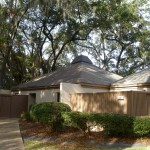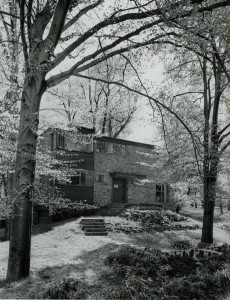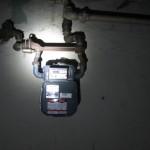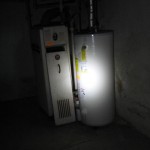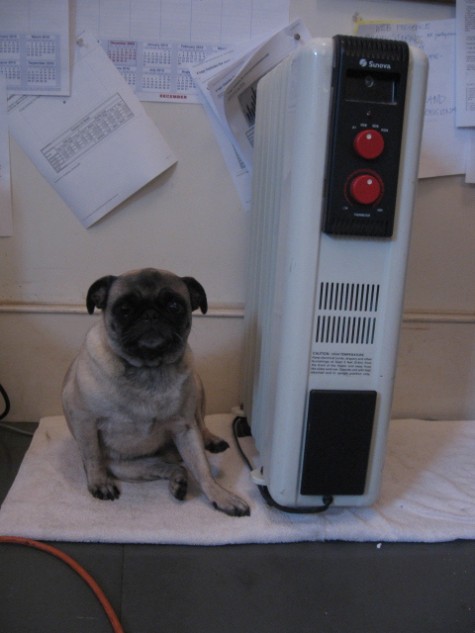Here are a few snaps of the small house we stayed in on our recent Florida trip to Amelia Island.
You can see these are very efficient, small houses with very large ventilation chimneys at the tops of their roofs.
These houses sported many very large glass windows and doors that looked out onto the sunny, lush golf course. Their interior plans were logical and spacious. Total interior space was around 1,100 square feet with a 2-bed, 2-bath layout. The small, enclosed patio had a small shed perfect for storing garbage and recycling, yard tools or bicycles.
While this small house had been maintained over the years, it was ready for a modern makeover. Both bathrooms and the kitchen were old and builder grade. A more efficient HVAC system, modern double-paned insulated windows and doors were needed to make the house more energy efficient. Solar panels running electric heat to the tile floors would be a great item to add, as well. Insulation was nowhere in the attic and would be an easy big-bang-for-the-buck improvement.
We were told that the temps in this area of Florida were typically in the 90s from May to November. So you can appreciate how a large, vented roof area would help to cool this house. The live oak canopy would also help keep the house shaded in summer.
This development had nice, preserved natural marsh areas, woodlands, golf courses, tennis and pool areas and a club house for members. There were also miles of paved and unpaved pathways for bicycles and walkers. It occurred to me that a planned gated community like this one has great opportunities for developing sustainable energy systems to serve itself. Geo thermal, solar and wind power are all great options for this community to consider investing in as a group on their own property.
I thought these houses were nice examples of well built, well designed efficient living. We enjoyed staying in our house very much.

